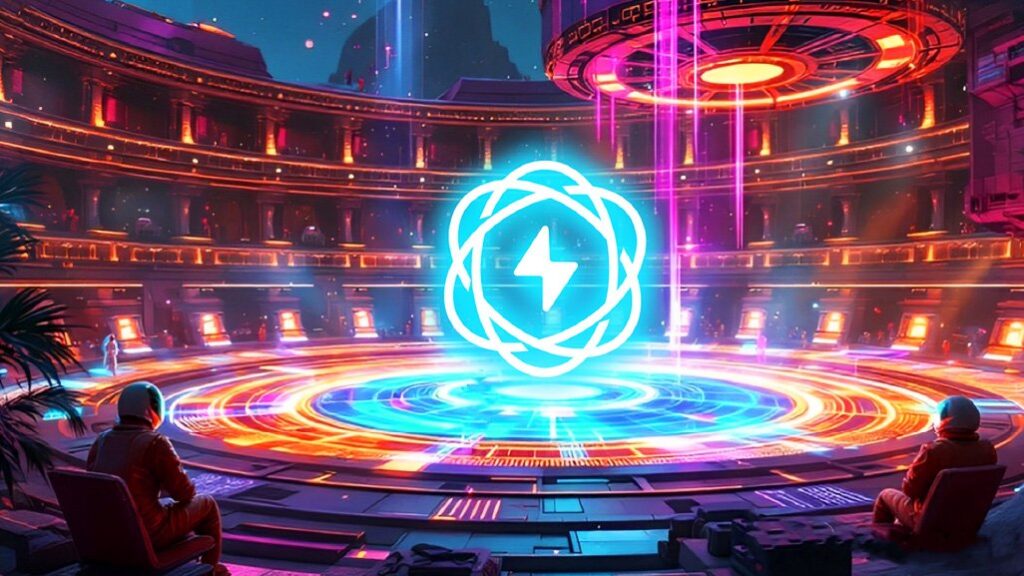Solana is generating serious momentum as projections for 2025 suggest it could flip Ethereum’s market cap—a move that would reshape the entire crypto hierarchy. With its high throughput, low fees, and expanding developer ecosystem, Solana is increasingly seen as the more scalable and accessible alternative to Ethereum. However, as Solana rises, another contender is turning heads across the investor landscape: Lightchain AI.
Still in its early stages, Lightchain AI has already ignited a frenzy in the crypto space with its smart contract innovations and data-centric infrastructure. Its recent presale milestone, raising $19.5 million, showcases just how rapidly interest is growing. As Ethereum faces scalability challenges and gas fee criticisms, newer chains like Solana and Lightchain AI are emerging as frontrunners for capital and attention heading into 2025.
Is Solana Quietly Positioning Itself to Surpass Ethereum in the Next Market Cycle
Solana’s trajectory has quietly gained momentum as it refines the key pillars that Ethereum continues to struggle with—transaction speed, affordability, and user experience. While Ethereum relies on its first-mover advantage, Solana is banking on performance. It’s positioning itself as a go-to blockchain for scalable DeFi applications, NFT platforms, and real-time trading systems.
With more developers migrating to Solana due to its simplified architecture and growing ecosystem tools, the chain is seeing organic growth beneath the surface. Institutional sentiment is shifting too, with big money exploring alternatives to Ethereum’s congestion. Solana’s increasing network activity and total value locked are signaling strong potential for a market cap shakeup in 2025. If Ethereum delays further upgrades, Solana could quietly claim the second spot in crypto’s hierarchy.
What’s Fueling the Sudden Surge of Interest Around Lightchain AI Among Retail and Whale Investors
Lightchain AI’s architecture is striking a chord with a broad investor base, from casual retail buyers to large crypto whales. It isn’t just another altcoin—it’s engineered around scalable AI infrastructure, a unique selling point in a space that’s rapidly adopting intelligent automation. The buzz stems from its seamless integration of smart automation across dApps, along with forward-looking governance models.
Retail investors are drawn to its low price entry and perceived potential for exponential growth, while whales are moving based on technical fundamentals and the roadmap’s delivery so far. Lightchain AI offers a more utility-driven investment opportunity compared to meme-driven or hype-based alternatives. Its developer activity, network interest, and early backer confidence suggest this is more than a speculative frenzy—it’s a calculated play.
Could 2025 Mark a Major Power Shift Between Legacy Chains and New Innovators
2025 may be the year when the long-standing dominance of legacy blockchains like Ethereum begins to fracture. Newer, high-performance chains—backed by real-world utility, adaptive tokenomics, and community-driven ecosystems—are gaining traction fast. Users are demanding faster speeds, cheaper fees, and smarter integrations, and they’re finding these features in emerging platforms like Solana and Lightchain AI.
As capital flows become more dynamic, investors are diversifying into projects that offer niche strengths rather than banking on legacy alone. Lightchain AI’s rise illustrates this trend clearly—it isn’t aiming to replace old systems but to outperform them in specific domains like decentralized automation and AI integration. If these trends hold, 2025 could witness a dramatic redistribution of market power favoring bold, next-generation networks.
